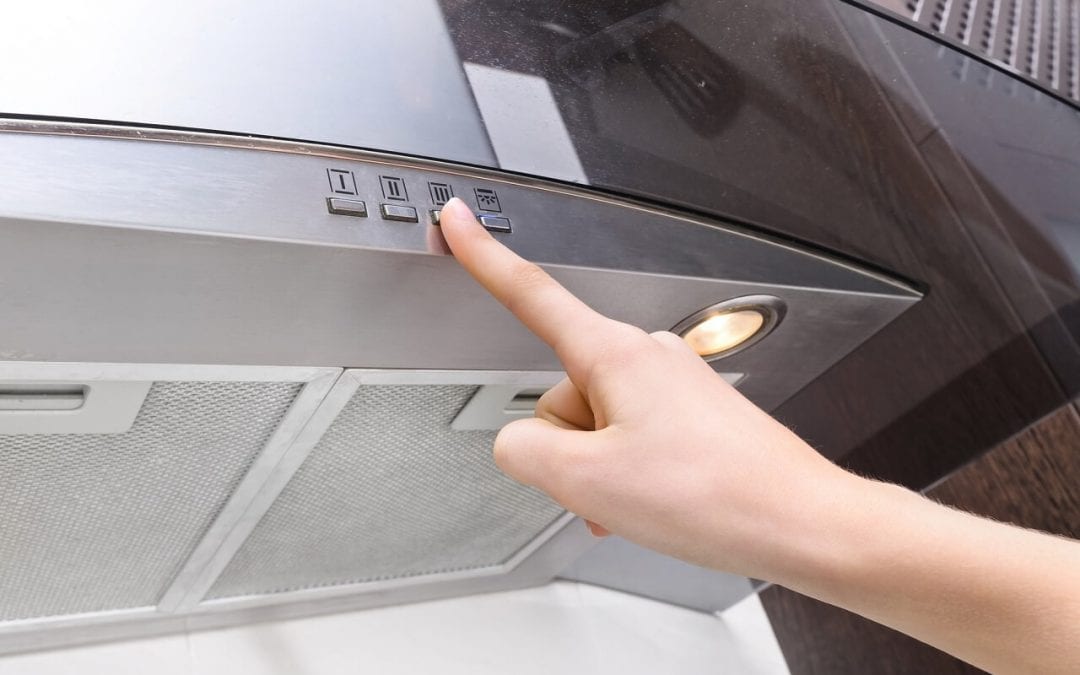Why to Prevent Mold Growth in Your Home
When not treated, mold rapidly spreads on surfaces, along the walls, beneath flooring, and behind drywall. It can even spread through the home’s ventilation system. If you don’t prevent or combat mold it will continue to grow and spread, causing costly damage.
In a home, a severe mold issue can mean thousands of dollars to clean, repair, and replace components of the property. For a person, mold growth may cause allergies and illness, leading to hospitalization and chronic health issues.
Ventilation
One thing that can help prevent mold in your home is proper ventilation. Mold grows in areas where humidity is a problem, most often in basements and other below-ground spaces. However, mold can grow anywhere when there is too much moisture in the air. Ideally, the humidity level in the house should fall between 40 and 55%.
Use your air conditioner during the summer and run a dehumidifier if moisture is a problem. When cooking and showering, use the ventilation fans above the stove and in the bathroom. These fans help exhaust humid air to the outside of the building.
House Cleaning
If mold starts to grow on a surface, it needs to be cleaned immediately to stop its progress. To remove mold, wear a mask so you don’t breathe in the spores. There are a couple of easy ways to clean surface mold with products you probably already have in your home.
The first is a mix of water and bleach. This solution can be caustic, so wear a protective mask and gloves to protect yourself. You can also spray white vinegar onto an affected area. As this is a mild acid, it kills over 80% of the spores and helps to prevent future mold growth.
When cleaning mold, make sure the area is well-ventilated and use a fan to circulate the air and encourage quick drying of the surfaces.
Use a Dehumidifier to Prevent Mold Growth
In areas that can get humid even with proper ventilation, a dehumidifier can help prevent mold in your home.
You may be able to install a whole-house dehumidifier as part of your home’s HVAC system. If that’s not in your budget, there are portable dehumidifiers you can buy for individual rooms. Purchase one that is appropriate for the square footage of the area you’re dehumidifying.
Preventive Materials
Should mold cause issues that result in reconstruction, make sure preventive processes and materials are used for the renovation. All wood studs and framing materials should be completely dry before installing drywall. If not, mold issues can begin before construction is even complete.
Use mold-resistant drywall and paint where possible. Also, make sure there is proper ventilation, even if it requires additional ductwork.
Gutter Maintenance
If not maintained properly, the gutter system can contribute to mold growth. Clogged or broken gutters don’t funnel water into downspouts. In turn, water can leak into attics, basements, or upper-floor windows.
Make sure the gutters are regularly cleaned and well-maintained. For additional protection, install a gutter shield to prevent leaves and other debris from clogging the channels.
Don’t wait for visible mold growth and property damage before taking steps to prevent mold in your home. Keep your home tidy, well-maintained, and climate-controlled to manage the humidity.
JVC Home Inspection offers inspection services, including mold testing, to our customers. Contact us to request an appointment.

